Matsunoodera in Maizuru and the Horse-head Deity
The city of Maizuru sits in the northernmost part of the Kansai region. On the eastern border of this city is Matsunoodera, one of the most remote temples of the Saigoku Kannon Pilgrimage. While it is a rather small temple– almost surprisingly for one of the temples of the Saigoku Pilgrimage. Even so, despite its size, Matsunoodera is well respected by all those who visit its humble grounds.
Matsunoodera
Walking to Matsunoodera
It’s a bit of a journey just to get to Matsunoodera Station– roughly 4 hours via the local trains from Osaka. For those who would also like to embark on this trip, it is important to know that after Higashi-Maizuru Station, the train service is quite sparse. Plan very well before you set out. Triple-checking train schedules and sticking to them is a must if you don’t want to get stranded!
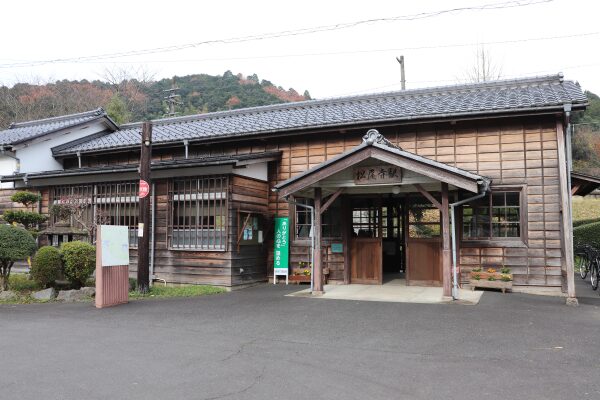
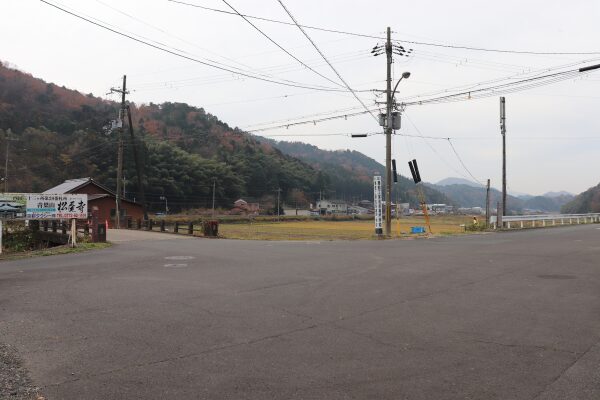
From the station, you have to walk to Matsunoodera as there is no bus service to the temple. It is about 4km or a 45-minute walk to Matsunoodera. Though you will mostly follow paved roads to the temple, make sure you have a map on hand.
While you have to walk a lot if you come by train, you can get right next to the temple gate if you come by car. Additionally, some people choose to take a taxi from Higashi Maizuru Station, though it will cost you roughly 6,000 yen.
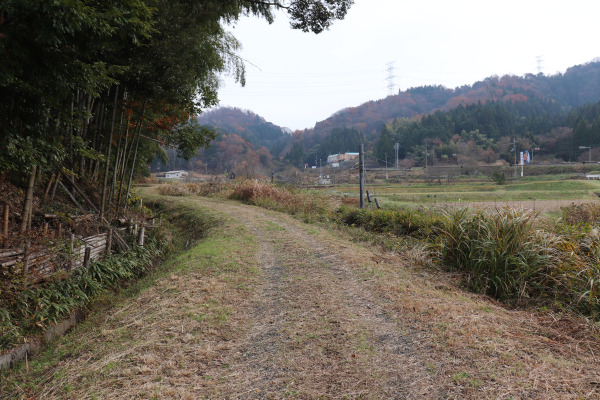

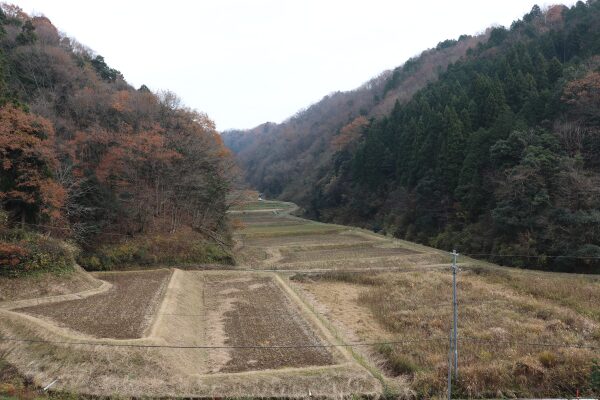
Temple Grounds
The history Matsunoodera dates back to when the Chinese monk, Iko, came here in the early 8th century. The mountains reminded him of a similar place in China. As he continued to climb the mountain and saw Bato Kannon under a pine tree, leading him to make a little temple.
The temple ground burned down many times throughout its history, and the current one was built around the early 18th century.
Matsunoodera is the 29th of 33 Saigoku Kannon Pilgrimage. While it is often the case that the temples of the Saigoku Kannon Pilgrimage found deep in the countryside are quite large, this temple is surprisingly not very big at all. That being said, I think it is rather quite charming.
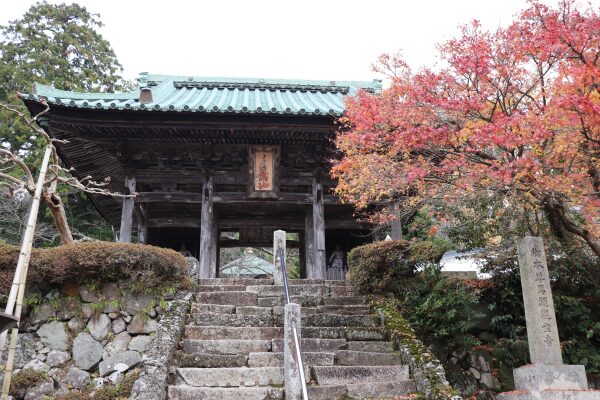
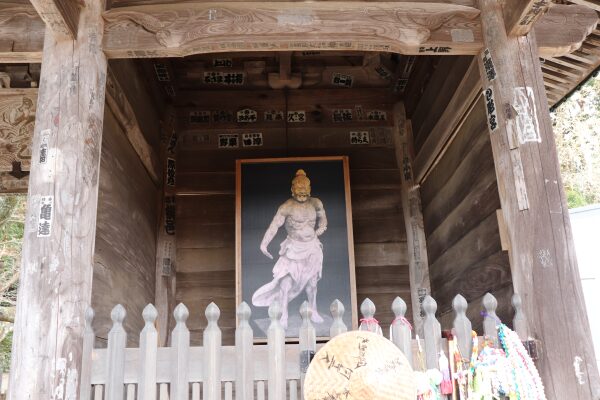
Upon entering the temple grounds, you will see the hondo, which was built in 1730. Given that winters in Maizuru can have a substantial amount of snowfall it is surprising for a building, specifically a wooden one, to be 300 years old.
Matsunoodera is quite unique in that it enshrines Bato Kannon, who is only enshrined here out of all the temples in the Saigoku Pilgrimage. Bato Kannon literally means, “puts a horse head on its head” and this kannon does wear a horse head!
Moreover, while most kannon statues show very soft, gentle expressions, Bato Kannon looks very angry or even daunting. Unfortunately, the statue of Bato Kannon is open to the public once every 77 years. The next viewing will be in 2085! For the other 76 years, the temple puts out a replica of the statue instead.
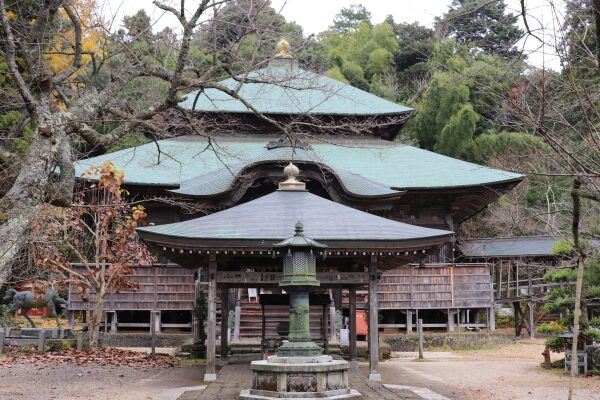
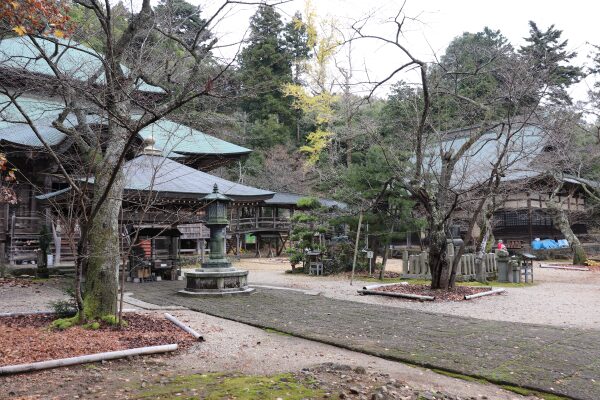
The temple ground is quite small, so it won’t take more than about 15 minutes to take a look at everything. It was quite far to get to…so it is kind of sad to leave after just 20 minutes or so!!
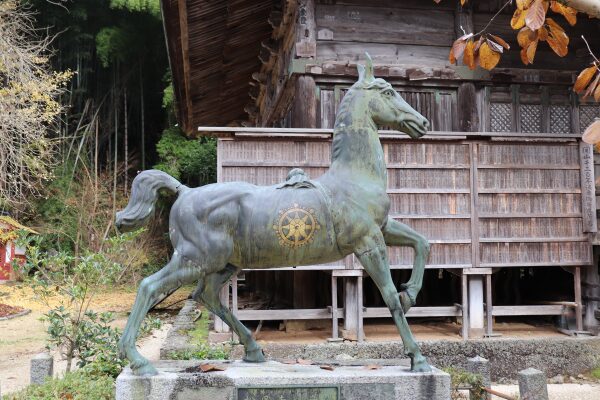
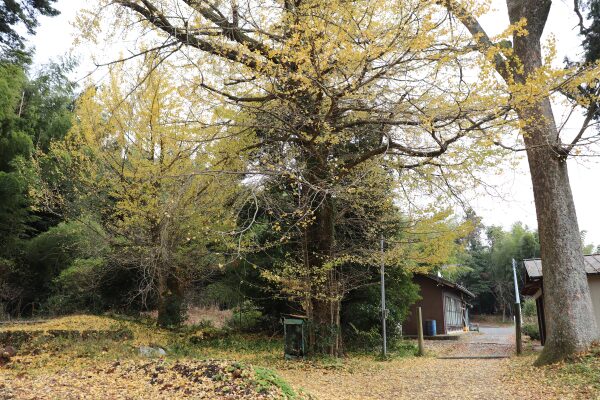
If you want shuin, or a temple stamp, make sure to visit the temple office, which is a bit apart from hondo.
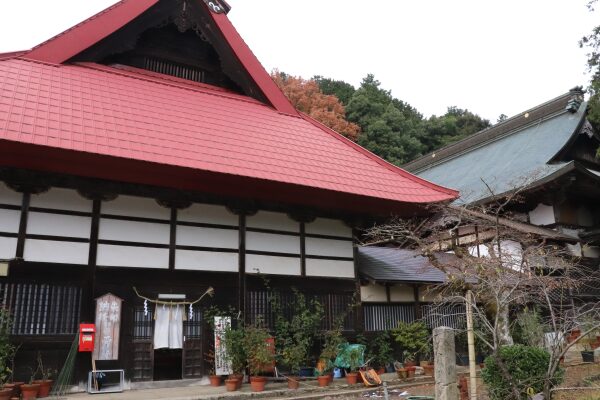
Matsunoodera
| Address |
Matsunoo 532, Mazuru City, Kyoto Prefecture
|
| Website |
|
| Directions |
| Osaka/Kyoto: Take the Fukuchiyama Line (Sanin Line from Kyoto), Maizuru Line and Obama Line to Matsunoodera Station. From Matsunoodera station, you have to walk 45 minutes to the temple. Alternatively, you can take a taxi from Higashi Maizuru Station to the temple. |
| Hours |
Open 24 hours
|
| Admission |
Free
|
| Note |
In winter, there may be a couple of feet of snow in this region.
|
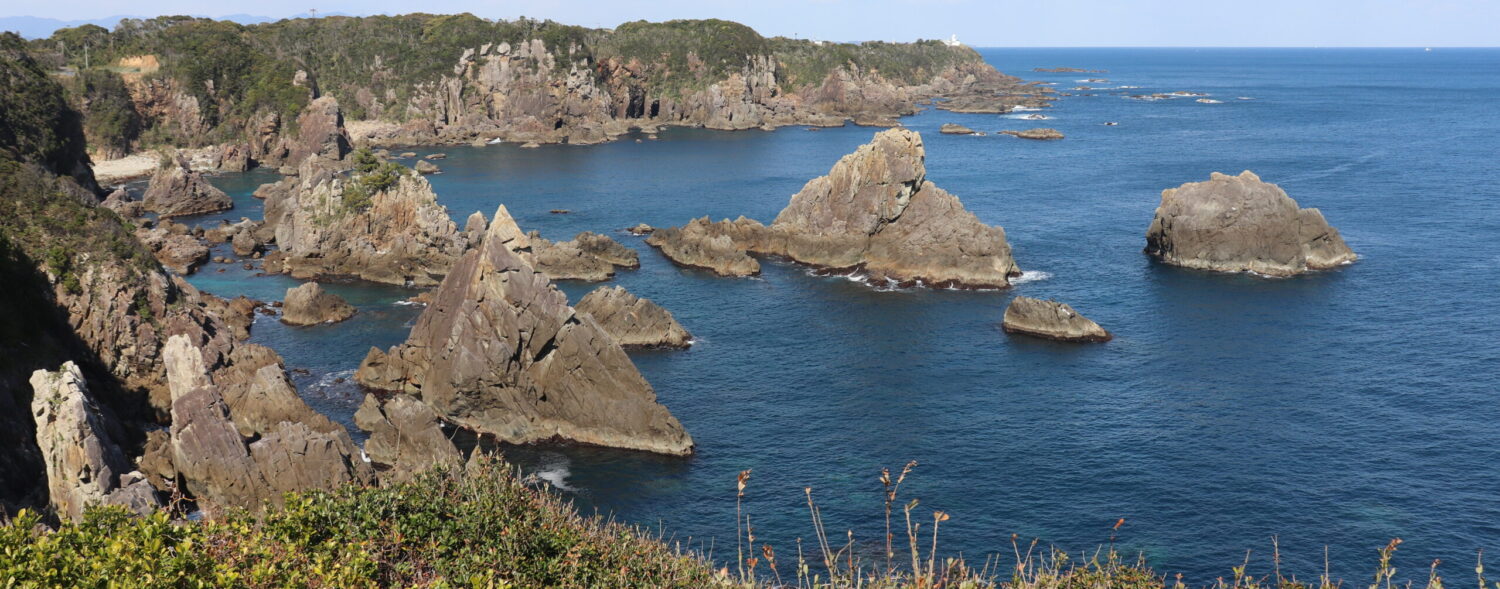
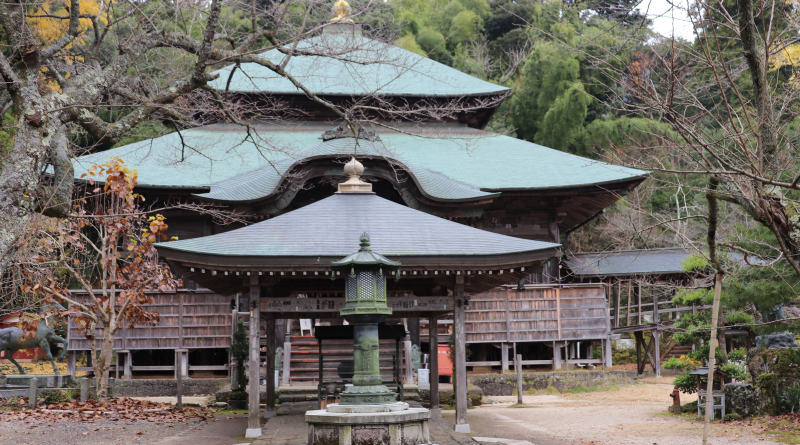
Leave a Reply